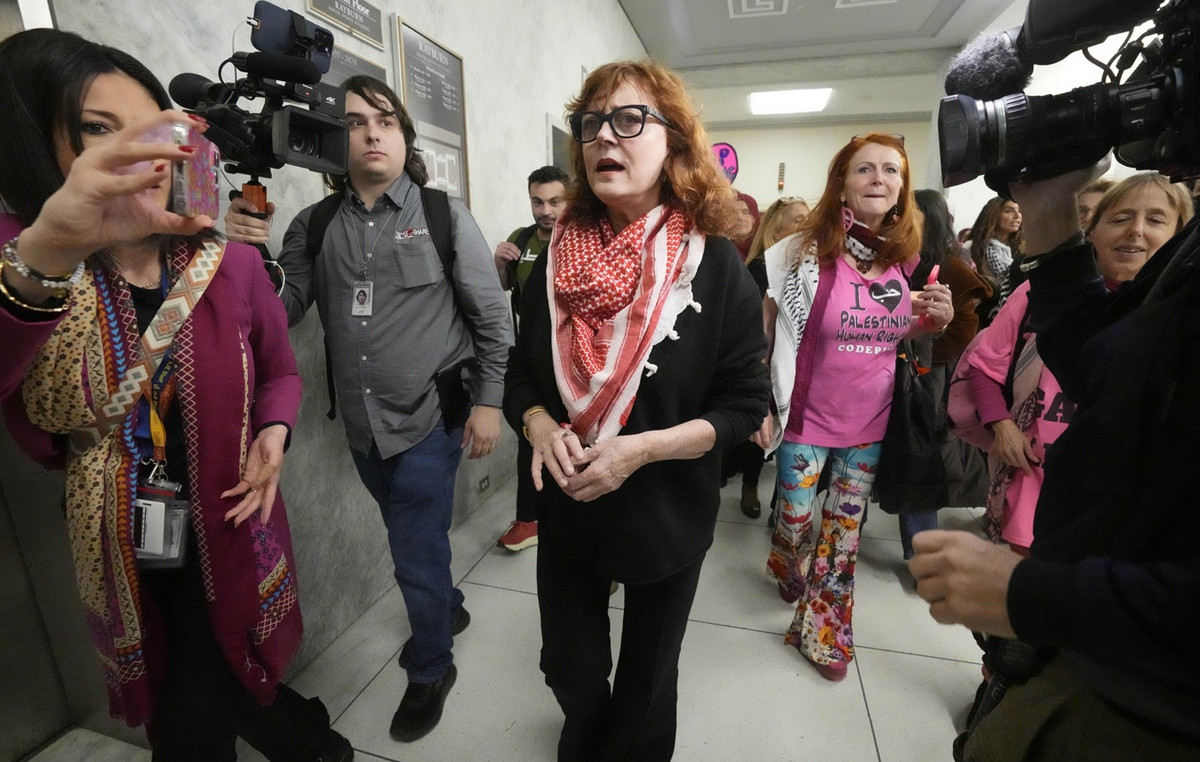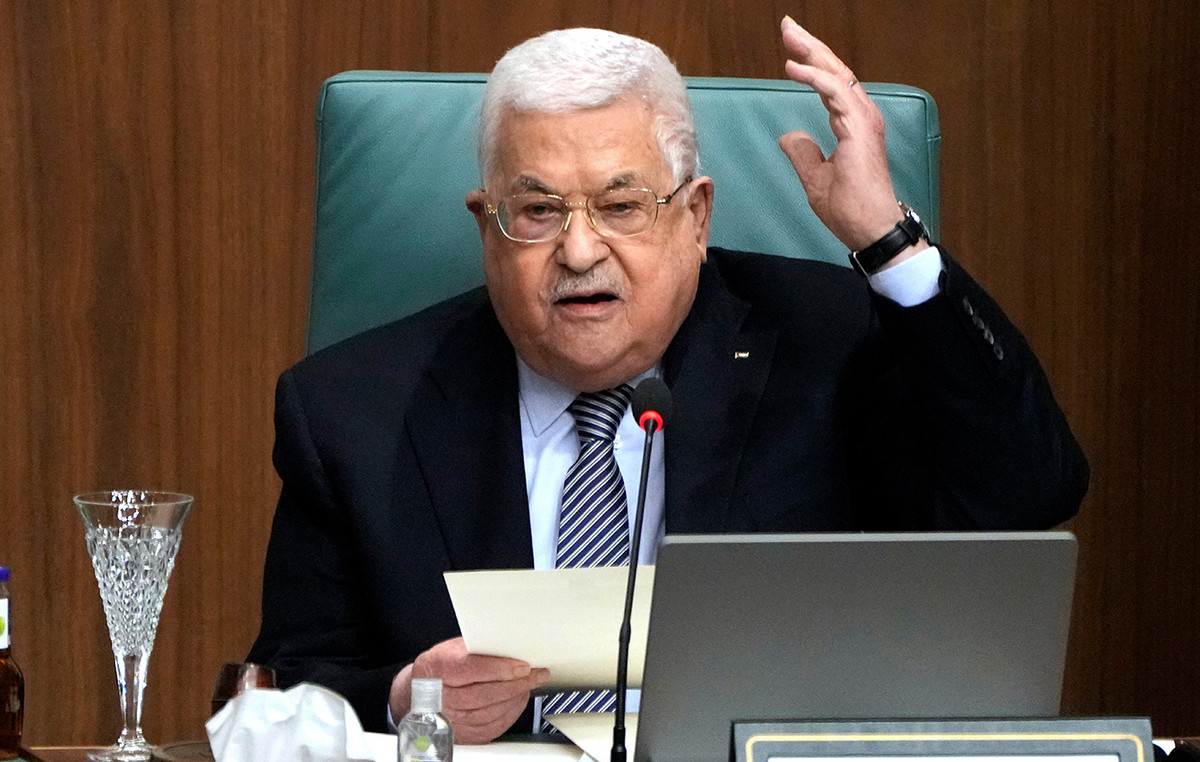Federal Reserve (Fed) Governor Lisa Cook said on Thursday that she supported cutting the interest rate by 50 basis points (bps) last week as a way to address growing “downside risks” to the employment, according to Reuters.
Key quotes
“I supported the decision wholeheartedly.”
“That decision reflected growing confidence that, with appropriate recalibration of our policy stance, a strong labor market can be maintained against a backdrop of moderate economic growth and inflation that continues to decline sustainably toward our goal.”
“As I think about the policy path forward, I will be carefully watching incoming data, evolving outlooks and the balance of risks.”
“As labor demand and supply are now more balanced, it may become more difficult for some people to find employment.”
“The return to balance in the labor market between supply and demand, as well as the continued return toward our inflation target, reflects the normalization of the economy after the dislocations of the pandemic.”
“This normalization, particularly of inflation, is very welcome, as a balance between supply and demand is essential to sustain a prolonged period of strength in the labor market.”
Market reaction
The US Dollar Index (DXY) is trading 0.02% higher on the day at 100.58, at the time of writing.
The Fed FAQs
The monetary policy of the United States is directed by the Federal Reserve (Fed). The Fed has two mandates: achieving price stability and promoting full employment. Your main tool to achieve these objectives is to adjust interest rates. When prices rise too quickly and inflation exceeds the Federal Reserve’s 2% target, it raises interest rates, raising borrowing costs throughout the economy. This translates into a strengthening of the US Dollar (USD), as it makes the United States a more attractive place for international investors to place their money. When inflation falls below 2% or the unemployment rate is too high, the Federal Reserve can lower interest rates to encourage borrowing, which weighs on the greenback.
The Federal Reserve (Fed) holds eight meetings a year, in which the Federal Open Market Committee (FOMC) evaluates the economic situation and makes monetary policy decisions. The FOMC is made up of twelve Federal Reserve officials: the seven members of the Board of Governors, the president of the Federal Reserve Bank of New York, and four of the eleven presidents of the regional Reserve banks, who serve for one year on a rotating basis.
In extreme situations, the Federal Reserve can resort to a policy called Quantitative Easing (QE). QE is the process by which the Fed substantially increases the flow of credit into a clogged financial system. It is a non-standard policy measure used during crises or when inflation is extremely low. It was the Fed’s weapon of choice during the Great Financial Crisis of 2008. It involves the Fed printing more dollars and using them to buy high-quality bonds from financial institutions. QE usually weakens the US dollar.
Quantitative tightening (QT) is the reverse process of QE, whereby the Federal Reserve stops buying bonds from financial institutions and does not reinvest the capital of the maturing bonds it has in its portfolio to buy new bonds. It is usually positive for the value of the US Dollar.
Source: Fx Street
I am Joshua Winder, a senior-level journalist and editor at World Stock Market. I specialize in covering news related to the stock market and economic trends. With more than 8 years of experience in this field, I have become an expert in financial reporting.







